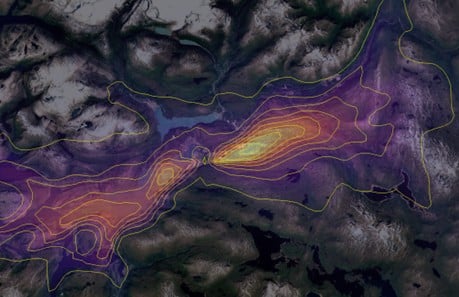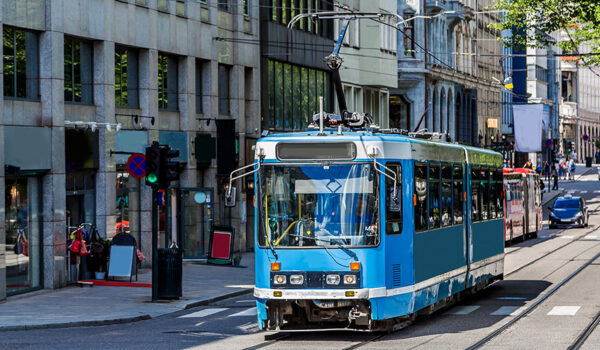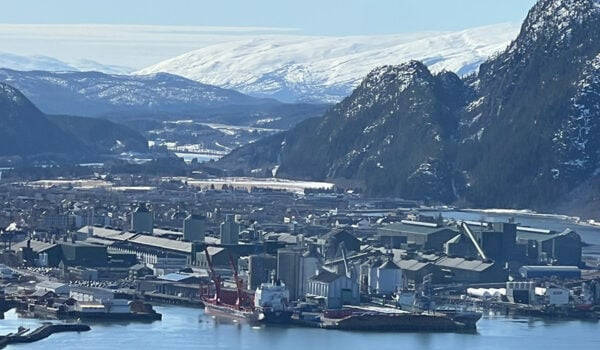Enhancing Urban Sustainability for Environmental Quality and Human Well-being through Nature-Based Solutions Transformation Labs
Revolutionizing Urban Sustainability with NatureScape
Led by NILU, NatureScape includes Eastern Switzerland University of Applied Sciences, University College Dublin, Uniwersytet Przyrodniczy w Lublinie, Lisboa E-Nova, Nodibinajums Baltic Studies Centre, and Politecnico di Milano as partners. This project integrates Nature-Based Solutions (NBS) across seven cities: Oslo, Lublin, Dublin, Lisbon, Milan, Riga, and St. Gallen, turning urban areas into thriving ecosystems.
Why NatureScape?
Cities face challenges like pollution, climate change, and biodiversity loss. NatureScape tackles these by focusing on sustainable maintenance and governance of urban green spaces post-implementation, ensuring that NBS thrive and benefit both communities and ecosystems.
How Does NatureScape Work?
At its core are Transformation Labs (T-Labs), which do more than beautify, they revolutionize urban-nature interactions through scientific research, community involvement, and innovative governance. These T-Labs enhance urban resilience, biodiversity, and resident well-being. Communities use digital tools and citizen science within T-Labs to actively maintain and monitor NBS, fostering a deep connection between people and their environment.
What Makes NatureScape Unique?
NatureScape employs a dynamic, non-linear approach to urban transformation, blending local insights with expert knowledge through modern digital and participatory methods. This ensures NBS become integral, cherished parts of the urban landscape.
The Bigger Picture
By establishing NBS T-Labs in varied climates, from Northern Europe's humidity to the Mediterranean's dryness, NatureScape develops a flexible model for urban sustainability.
Join the Green Revolution
NatureScape is a movement towards cities that are not merely inhabited but truly alive. As we navigate environmental challenges, NatureScape offers a sustainable way forward, demonstrating the transformative power of integrating nature into urban life.










